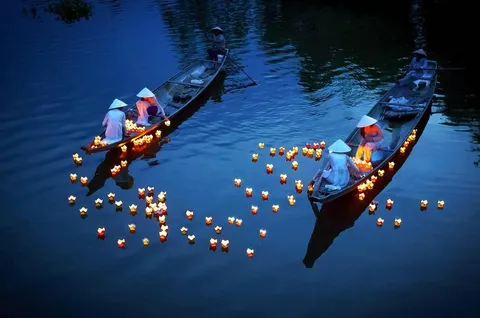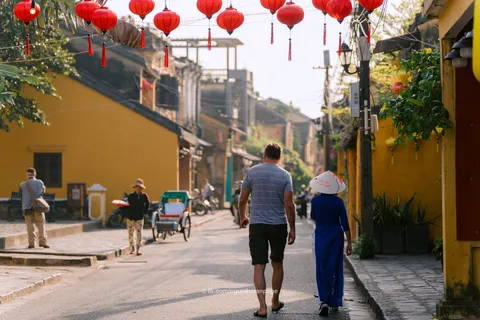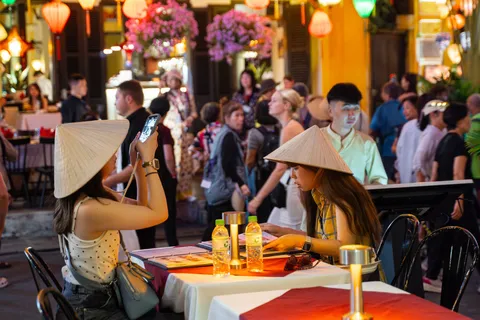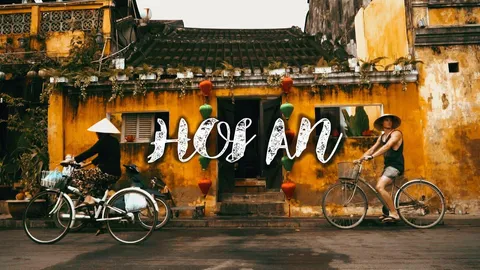Essential Hoi An: A Comprehensive Guide for First-Time Visitors
Travel to Hoi An with our ultimate travel guide: Explore lantern festivals, the ancient town, and stunning beaches. Experience the unique history and culture of this enchanting yellow town
The picturesque 'yellow town' of Hoi An is steeped in history and brimming with opportunities to create unforgettable memories. Here are some top suggestions for your visit...
With its ancient architecture, cobblestone streets, and distinctive yellow shop fronts adorned with colorful lanterns, it's no surprise that Hoi An is considered one of the most beautiful places in Vietnam. In 2021, Hoi An, recognized as a UNESCO World Cultural Heritage site since 1999, was named Asia's Leading Cultural City Destination at the World Travel Awards. But there's more to this town than its awards and postcard-perfect beauty. Hoi An has a long history of attracting people from all over the world.
Archaeological evidence indicates that trade in this region was occurring as early as the second century BC. Hoi An developed into a bustling trading port. During the Cham Dynasties (7th-10th centuries), it was an economic hub where merchants from Asia, Persia, and Arabia traded. Later, the famous Silk Road maritime route brought ships from Europe to its port. From the 15th to the 19th centuries, Hoi An was a major Southeast Asian trading post where goods, ideas, and cultures were exchanged.
Today, tourism is the town's main trade. However, evidence of its fascinating history is visible everywhere. Wander through its picturesque, pedestrian-friendly streets, and you'll see influences from various eras, places, and cultures. With its numerous shophouses, it's still considered a prime destination for purchasing silk and other valued items.
Planning to visit Hội An? Here are some ideas to add to your itinerary…
Admire the Splendor of the Lantern Festival
Why is the lantern such an iconic symbol of Hoi An? Introduced by Chinese and Japanese traders centuries ago, lanterns have always been an integral part of the town's charm. For the most unforgettable experience (and breathtaking photos), the ideal time to visit Hoi An is during the lantern festival, held on the 14th day of every lunar month, when the moon is full. At night, the town dims its electric lights, allowing the candle-lit lanterns to take center stage. Find a spot by the river, where floating lanterns are released to bring good fortune. Alternatively, you can board a boat and set your own lantern afloat while making a wish.
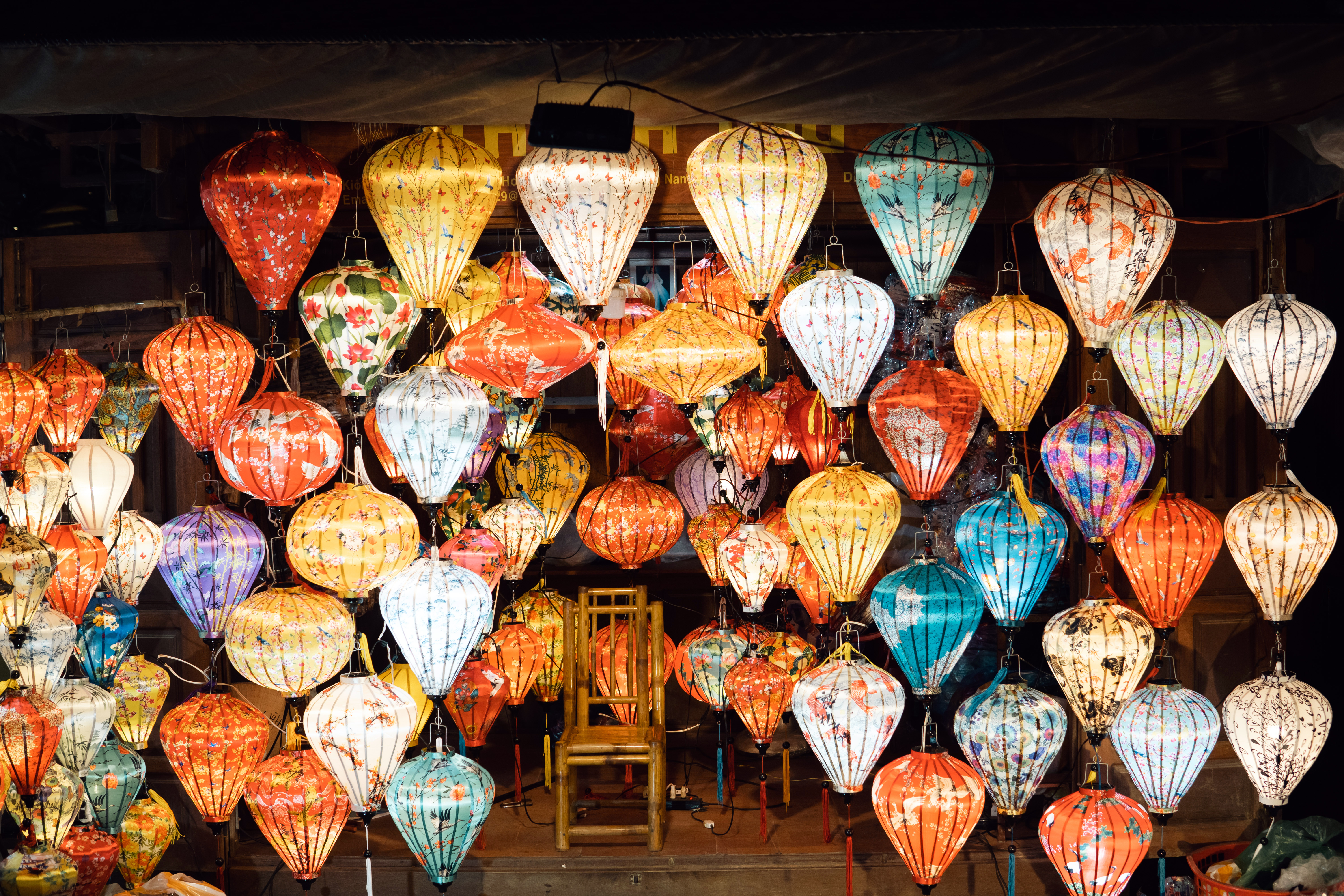
Lantern such an iconic symbol of Hoi An
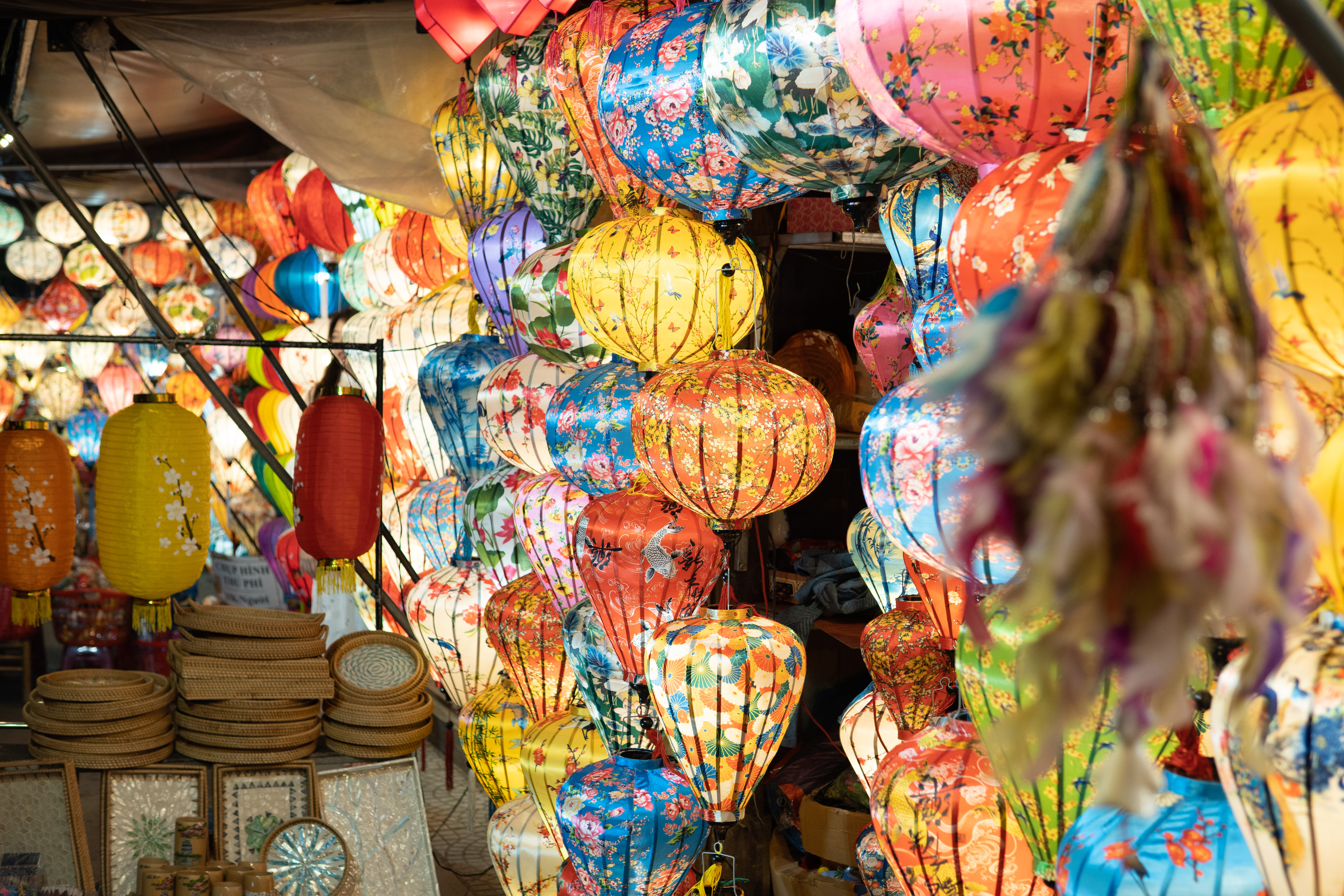
Hoi An lanterns come in many different designs and colors
TOP TIP: Visit during the first festival of the Lunar New Year for the grandest celebration of them all. Additionally, on full moon nights, residents in the old town hang lanterns along the streets, adding to the magical atmosphere.

Tourists pose for photos with lanterns

Taking photos with lanterns in Hoi An is an unforgettable experience
TAKE A LANTERN BOAT
Thanks to its estuary location, traditional boats are another distinctive feature of Hoi An. The Hoai River, a branch of the Thu Bon River, has welcomed generations of trade and remains a source of livelihood for many locals. Taking a boat trip is a cool, soothing way to experience the city from its waterways. Boat services range from about 50,000 to 150,000 VND per person, depending on the number of people on board. The most popular choice is a sunset cruise on one of the sampans lining the riverbanks. Early risers should try a morning tour to the fish market on a traditional wooden boat.
See tour: Hoai River Boat Trip by Night with Release Lantern
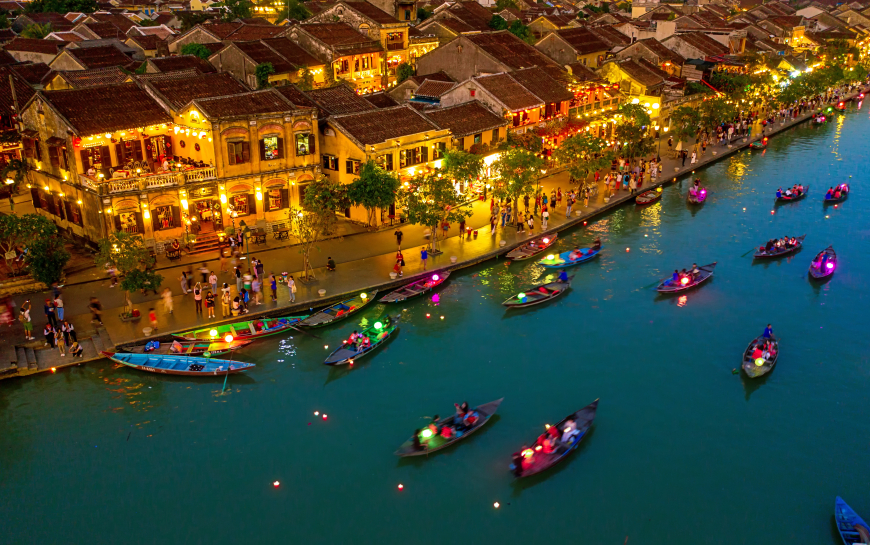
Tourist boats park along the Hoai river
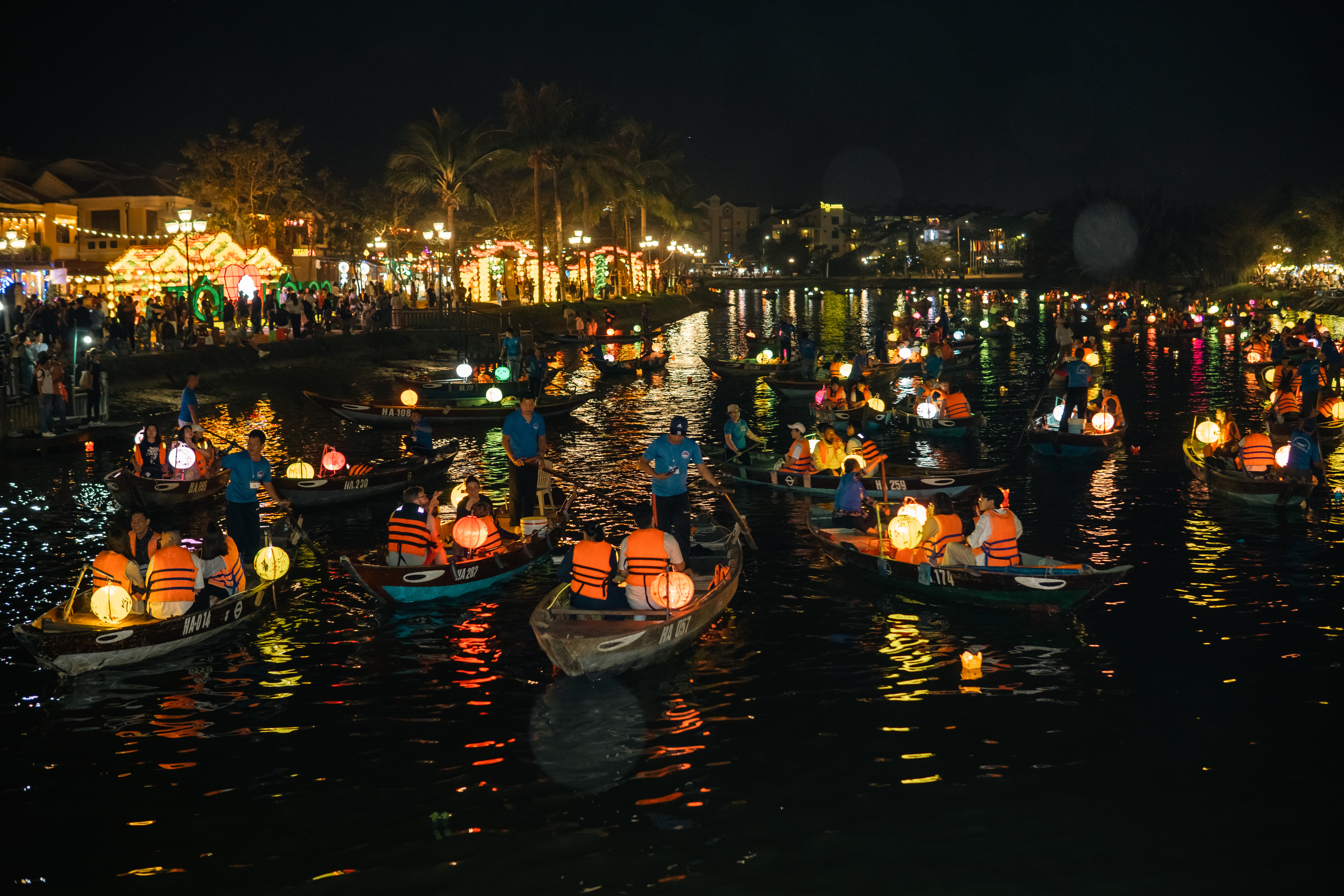
Hoi An Lantern Boat Ride on Hoai River
STROLL AROUND THE OLD TOWN
With its historical buildings and mix of European and Asian architectural styles, there’s plenty to admire on an unhurried walk through the ancient town. The original street grid plan remains as it was, and 844 of the 1107 buildings making up the townscape are on the UNESCO World Heritage list. So walking the streets of Hội An is like moving through a living museum. Give yourself enough time to stop for a ‘cà phê sữa đá’ (delicious Vietnamese iced coffee), enter a gallery, or shop for souvenirs.
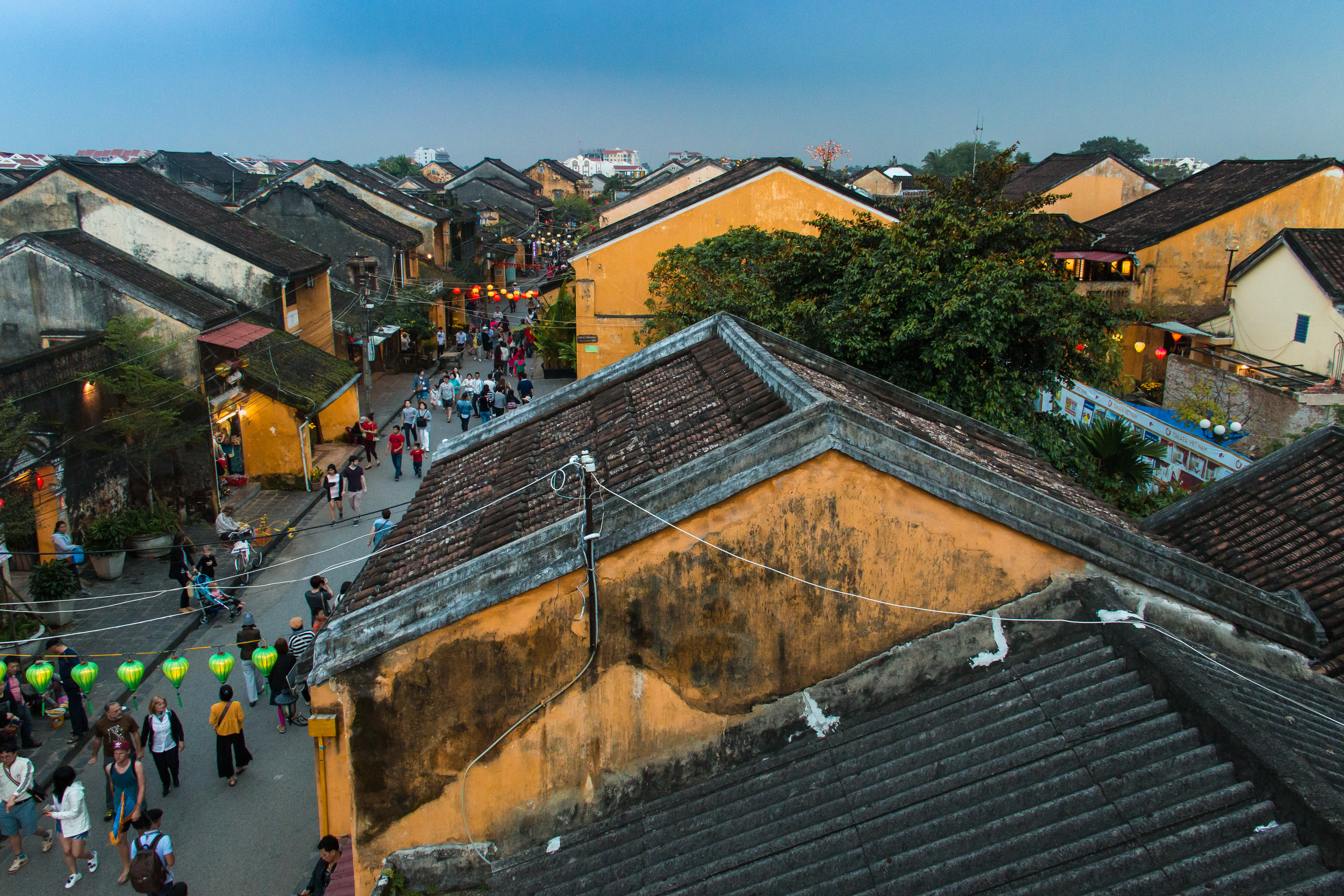
Yin and yang tiled roofs

Yin and yang tiled roofs are a characteristic of houses in Hoi An ancient town
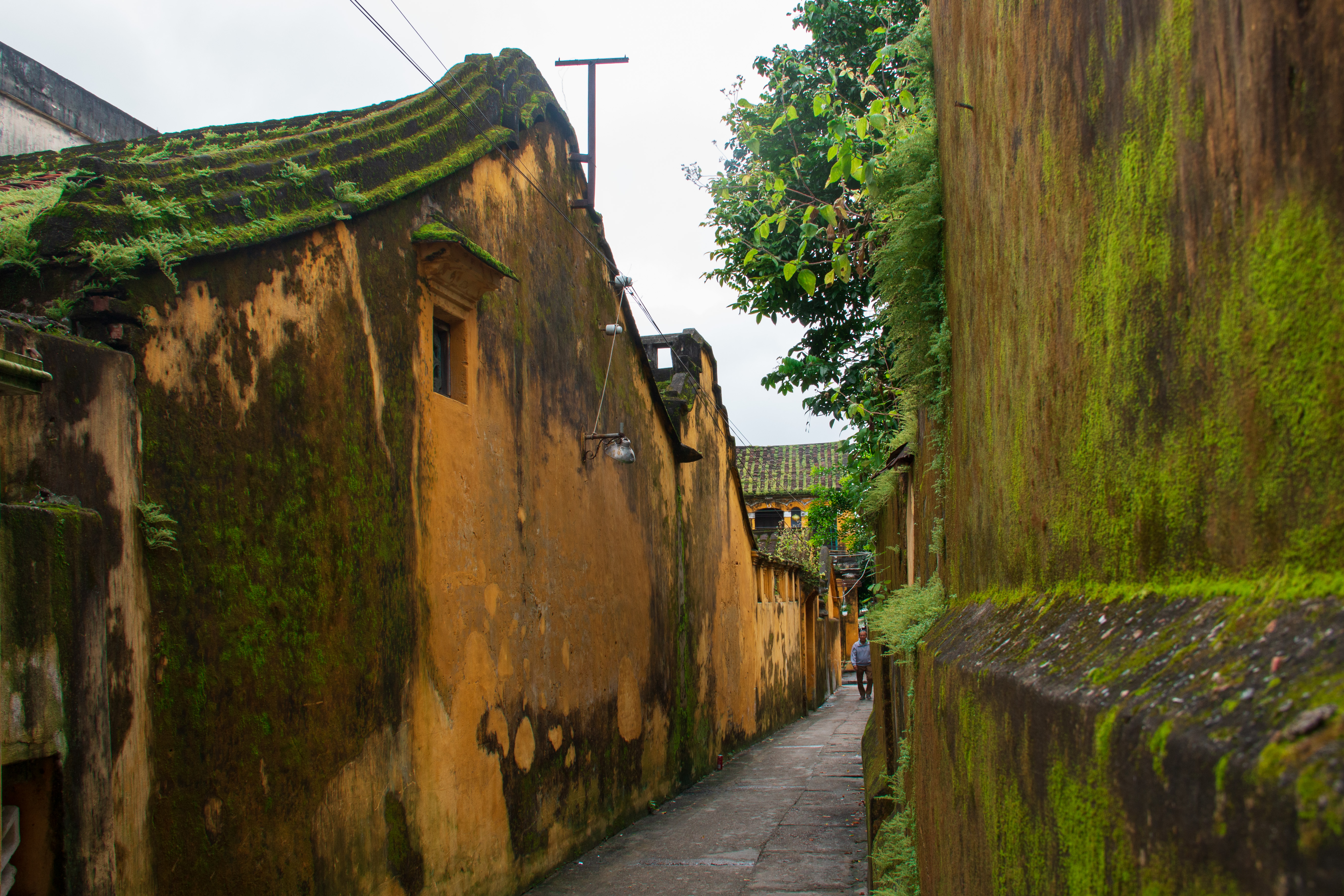
The yin-yang tile roof is covered with green moss in the rainy season
TOP TIP: Buy an Old Town Ticket at the entrance to the old town to get entry into five of Hội An’s heritage buildings.
VISIT THE JAPANESE COVERED BRIDGE
Back in the 15th century, Dutch, Chinese, Japanese, and Portuguese merchants began to settle around the port. As communities grew in different areas, so did their interactions. Around 1593, the Japanese built a bridge to link their neighborhood to the Chinese one. Some say the bridge was also meant to subdue Namazu, the mythical Japanese catfish creature believed to cause earthquakes. All these years later, the Japanese Covered Bridge still stands strong. The landmark even features on the 20,000 VND banknote – that’s how significant it is.
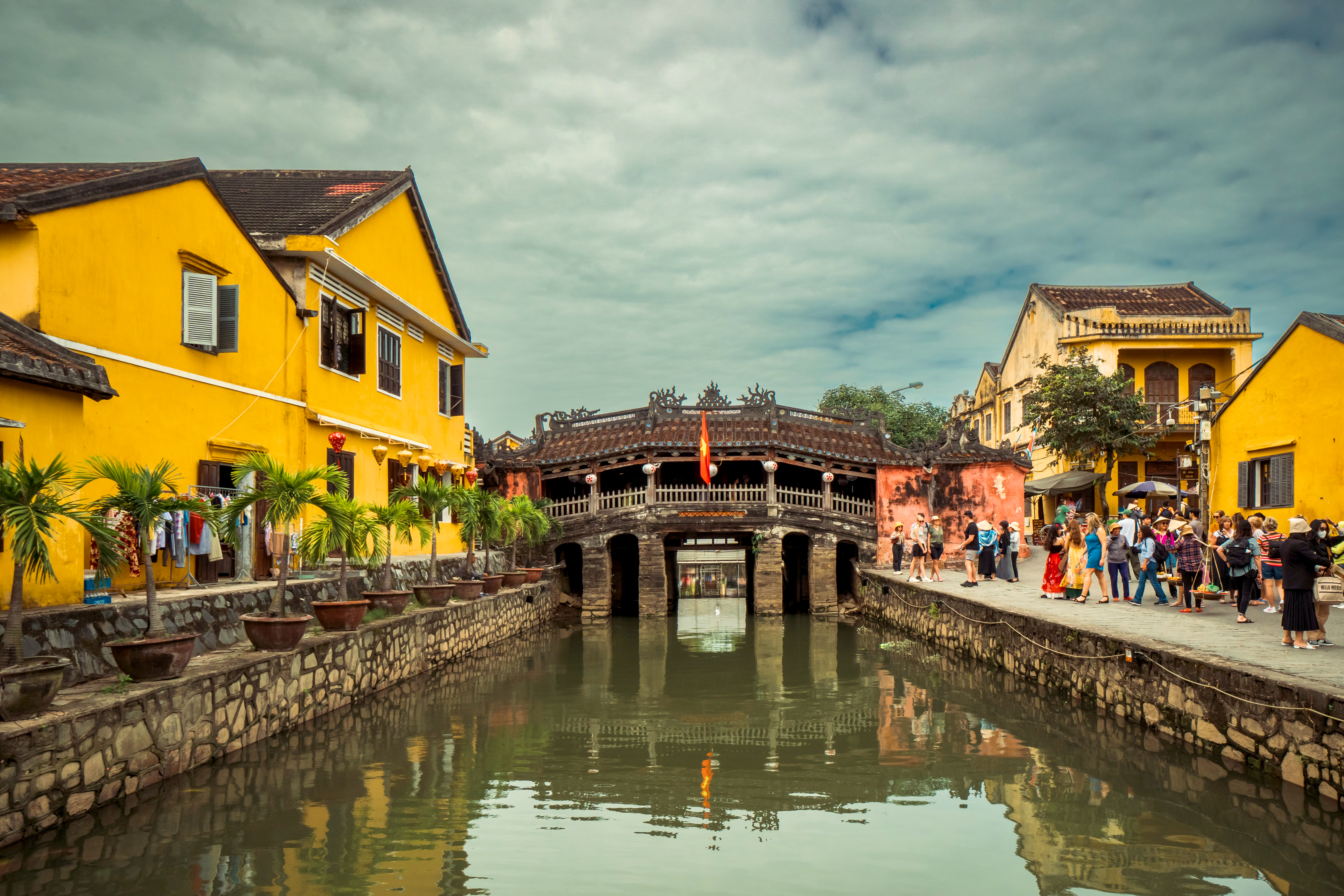
EXPLORE THE MUSEUMS
Unsurprisingly, the old quarter is full of museums that offer detailed insight into the story of this stunning town. Among these are five top attractions: the Museum of History and Culture gives a comprehensive overview, with artifacts spanning about 2,000 years; the Museum of Folklore looks at traditional crafts and includes a performance; the Museum of Sa Huỳnh Culture gives insight into the Sa Huỳnh period; the Museum of Trade Ceramics showcases pottery and ceramics; while Tan Ky Old House is a stunning example of Asian architecture and Oriental philosophy. Built in 1741, it’s been home to seven generations of one Vietnamese family and is a great example of an 18th-century merchant’s home.
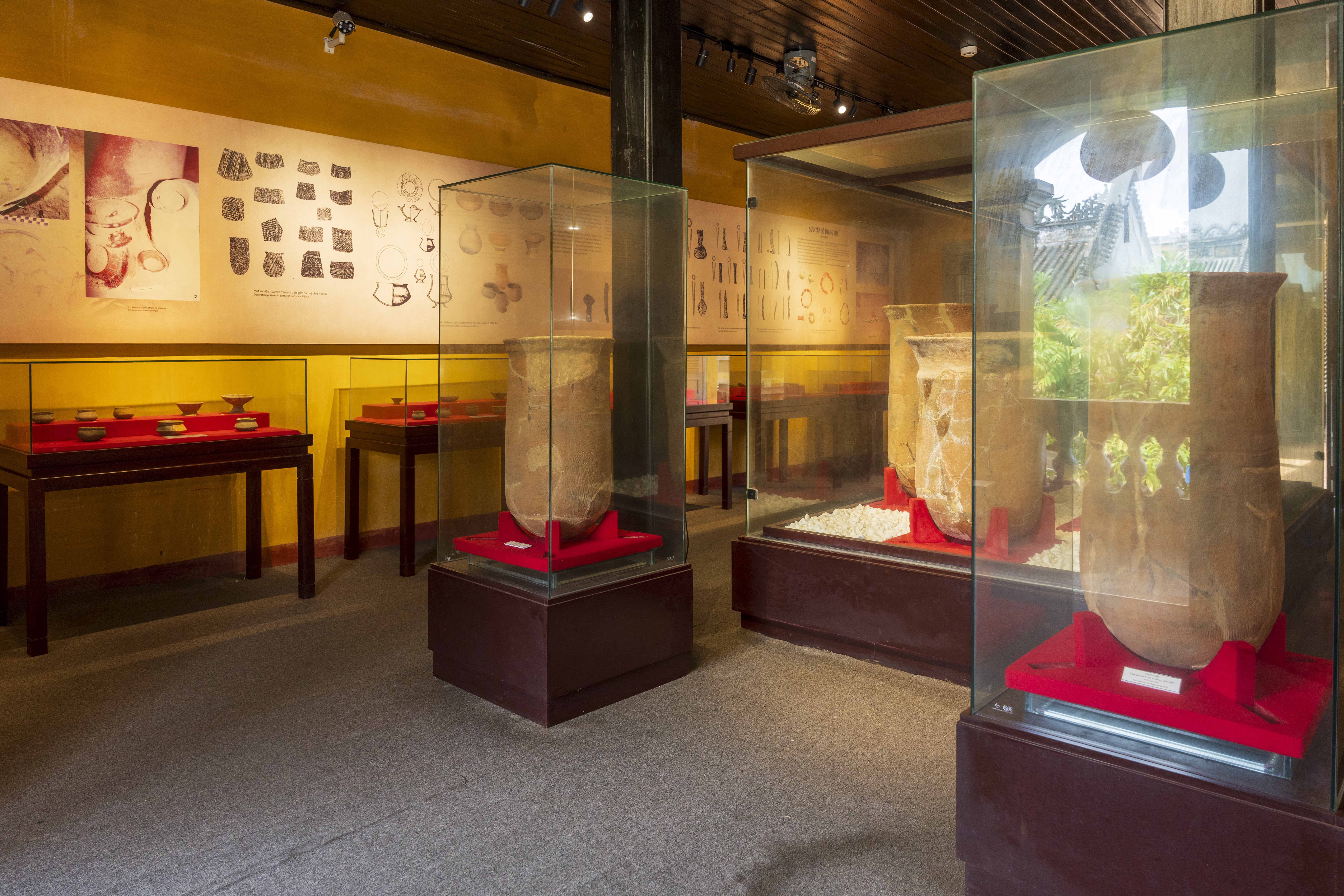
The Museum of Sa Huỳnh Culture
.JPG)
The Museum of Sa Huỳnh Culture
.JPG)
The Museum of Sa Huỳnh Culture

Tan Ky House
TOP TIP: At Tan Ky House, look out for the stunning One Hundred Birds lacquered board. Written in 100 letters, each stroke of writing is actually an image of a bird in flight.
HEAD TO THE BEACH
Need a break from all that art and culture? A beachy break is less than 10km away. Some visitors opt to stay at a beach-side resort, venturing into the old town for day trips. The nearest and most popular beach in An Bang. There are sun loungers and umbrellas for those wanting to relax. Watersports include parasailing, jet skis, and stand-up paddleboarding. There are plenty of bars and restaurants for food and refreshments. Cua Dai Beach is where most of the resorts are. Erosion has made the beach frontage fairly narrow, but it’s still favored among locals. Hidden Beach, which lies between these two, is a quiet option. There’s a spa and restaurant for those seeking some R&R.
TOP TIP: Do as the Vietnamese do: Avoid the harsh sun during the middle of the day. Mornings should be quiet, while late afternoons and early evenings may be busy.
VISIT THE CHAM ISLANDS
For a trip within a trip, go to the Cham islands for the day or overnight. Cu Lao Cham Marine Park, a UNESCO Biosphere Reserve, consists of eight islands 15km off Hội An’s coast. Day-trippers go there for snorkeling, diving, or to enjoy one of eight beaches. But to really experience the peace and quiet of island life, book an overnight stay. The extra time will allow you to see the sleepy Bai Huong fishing village or visit one of the island’s monuments.
TOP TIP: Take a speedboat for the quickest ride there. Or go via tourist boat for a more leisurely and authentic journey.
==============================================================
Thank you for your reading



